 "ttyymmnn" (ttyymmnn)
"ttyymmnn" (ttyymmnn)
12/02/2016 at 12:35 • Filed to: planelopnik, planelopnik history
 7
7
 9
9
 "ttyymmnn" (ttyymmnn)
"ttyymmnn" (ttyymmnn)
12/02/2016 at 12:35 • Filed to: planelopnik, planelopnik history |  7 7
|  9 9 |
Welcome to This Date in Aviation History , getting of you caught up on milestones, important historical events and people in aviation from November 30 through December 2.
!!! UNKNOWN CONTENT TYPE !!!
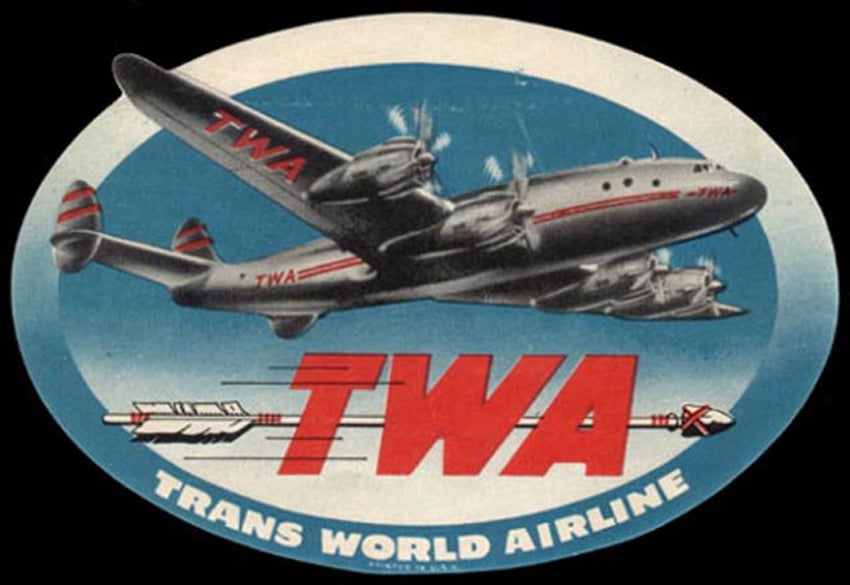
December 1, 2001 – The final flight by Trans World Airlines. When TWA ceased operations, it closed the book on one of the most well known airlines in the world. TWA’s 76-year history began 1925, when a fledgling company called !!!error: Indecipherable SUB-paragraph formatting!!! was awarded a contract to fly mail from Salt Lake City, Utah to Los Angeles, California. About a month later, the company carried their first passengers in a !!!error: Indecipherable SUB-paragraph formatting!!! , though the flight was anything but luxurious. Modern travelers are quick to complain about only getting a bag of peanuts in coach, but those first two passengers spent the 8-hour flight seated on sacks of US Mail. In 1929, another startup company, !!!error: Indecipherable SUB-paragraph formatting!!! (TAT), began offering cross country trips that combined air and rail travel, carrying passengers from New York to California in 51 hours. Founder !!!error: Indecipherable SUB-paragraph formatting!!! had hired famed aviator !!!error: Indecipherable SUB-paragraph formatting!!! to help develop the transcontinental network, opening new airports across the country. Then, in 1930, TAT joined with Western Air Express at the urging of the US Postmaster, who wanted to expand air mail routes. The merger brought Lindbergh together with !!!error: Indecipherable SUB-paragraph formatting!!! , another early pioneer of aviation who would lead T&WA through its meteoric rise from 1934-1947, and the new company bragged that it was “The Airline Run by Flyers.” But a promising future almost ended at birth when T&WA suffered the crash of a wooden-framed !!!error: Indecipherable SUB-paragraph formatting!!! that took the life 8 passengers, including famed Notre Dame football coach !!!error: Indecipherable SUB-paragraph formatting!!! . T&WA needed new, modern aircraft, but they could not purchase the !!!error: Indecipherable SUB-paragraph formatting!!! because Boeing had an exclusive contract with United Airlines. So Frye turned to the !!!error: Indecipherable SUB-paragraph formatting!!! , who delivered the !!!error: Indecipherable SUB-paragraph formatting!!! , !!!error: Indecipherable SUB-paragraph formatting!!! , and eventually !!!error: Indecipherable SUB-paragraph formatting!!! airliners.
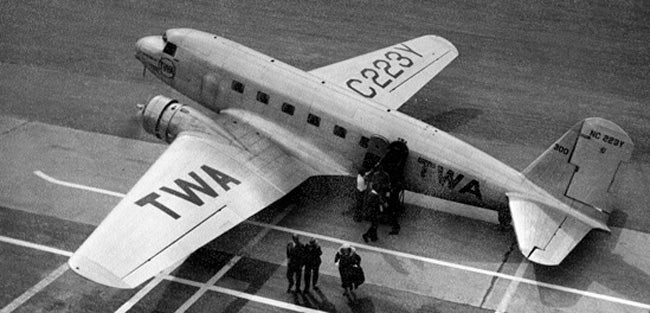
Douglas DC-1
By 1934, T&WA was offering transcontinental flights—with three stops along the way for fuel—for $160, which is approximately $2,886 in 2016 dollars. In 1941, eccentric billionaire !!!error: Indecipherable SUB-paragraph formatting!!! purchased a controlling stake in the company, overseeing the purchase of the larger and more modern !!!error: Indecipherable SUB-paragraph formatting!!! , which cut transcontinental flight times to about nine hours. During WWII, T&WA prospered under the leadership of Hughes and Frye, flying millions of miles for the US Army and providing supplies to far flung corners of the globe. Following the war, it became a truly global passenger airline, with !!!error: Indecipherable SUB-paragraph formatting!!! and !!!error: Indecipherable SUB-paragraph formatting!!! flying to Cairo, Bombay, Ceylon and Manila. But Hughes accused Frye of overextending the airline, and stock prices fell. Frye resigned in 1947, and thus began a revolving door of corporate leadership that would continue until TWA’s demise. In 1950, the company officially became known as Trans World Airlines in a nod to its global coverage, and Hughes finally brought the company into the jet age with the purchase of 63 !!!error: Indecipherable SUB-paragraph formatting!!! airliners. But the delay in adopting the new airliners meant that TWA had lost its competitive edge, and Hughes was removed from the helm of the company. TWA did achieve a few significant firsts, becoming the first airline to hire an African-American flight attendant, and the first to show in-flight movies. In 1969 they carried more transatlantic passengers than any other carrier, and TWA was the third largest airline in the world by 1972. In the 1980s, TWA had become more of a business interest for investors than a pilot-centered aviation service, though TWA did make perhaps its greatest achievement by carrying more than 50 percent of all transatlantic passengers in 1988. By 1995, though, TWA had entered bankruptcy, and despite an attempt to reinvent itself as a smaller domestic airline, TWA was purchased by American Airlines in 2001. TWA’s final, ceremonial final Flight 220 from Kansas City to St. Louis was flown by a !!!error: Indecipherable SUB-paragraph formatting!!! (N948TW) with TWA CEO William Compton at the controls. One of the world’s greatest global airlines had come to an end with a flight of just 240 miles. (DC-1 photo via San Diego Air & Space Museum)
!!! UNKNOWN CONTENT TYPE !!!
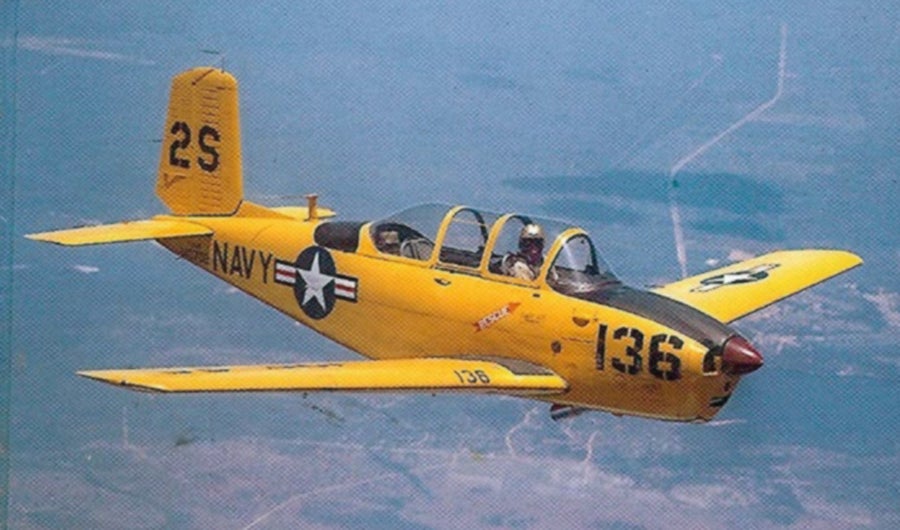
December 2, 1948 – The first flight of the Beechcraft T-34 Mentor. For many years, the !!!error: Indecipherable SUB-paragraph formatting!!! was the primary aircraft trainer for the US military, as well as many other air forces around the world. Over 15,000 Texans were built over the years, and it was a tough act to follow. Nevertheless, Beechcraft rolled the dice following WWII and !!!error: Indecipherable SUB-paragraph formatting!!! , who had founded the !!!error: Indecipherable SUB-paragraph formatting!!! in 1932, began development of what was dubbed the Beechcraft Model 45 as a replacement for the venerable T-6, even though the US military didn’t request one and there was no money in the defense budget to procure a new trainer. Based largely on the !!!error: Indecipherable SUB-paragraph formatting!!! , the Model 45 went through three design concepts, one of which employed the Bonanza’s signature V-tail. In the end, Beech dropped that in favor of a traditional tailplane to appeal to conservative military brass. The fuselage was narrowed, and a bubble canopy was installed to allow better visibility for the tandem cockpit. The aircraft was also significantly strengthened to hold up under the rigors of military training. When production began in 1953, Beechcraft had settled on the !!!error: Indecipherable SUB-paragraph formatting!!! engine, a flat six-cylinder engine that offered 225 hp. Beechcraft began with two variants, the T-34A for the US Air Force and the T-34B for the US Navy, which was optimized for carrier operations, and both versions entered service in 1953. But with the jet engine becoming the primary powerplant for military aircraft, Beechcraft began another internal project to develop the T-34 into a jet trainer. This resulted in the Model 73 Jet Mentor, which was powered by a single !!!error: Indecipherable SUB-paragraph formatting!!! turbojet. However, only one prototype was built, as the Navy passed on the Jet Mentor, and the Air Force chose the !!!error: Indecipherable SUB-paragraph formatting!!! as its primary jet trainer. Nevertheless, the piston-powered T-34 remained in service, though production stopped for 15 years.
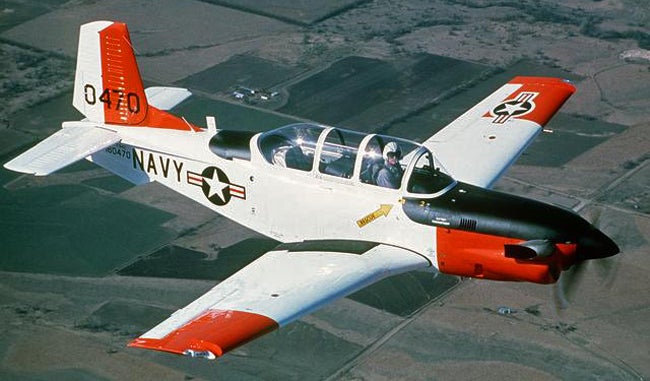
Beechcraft T-34C Turbo Mentor
But the idea of a jet-powered Mentor never quite died, and production of the trainer was restarted in 1973 at the request of the US Navy to produce a turboprop powered variant. This aircraft, powered by a
!!!error: Indecipherable SUB-paragraph formatting!!!
turboprop engine, entered service as the T-34C and remained in service until the 1990s, when it was replaced by another turboprop powered trainer, the
!!!error: Indecipherable SUB-paragraph formatting!!!
, a derivative of the
!!!error: Indecipherable SUB-paragraph formatting!!!
. In all, 2,300 Mentors were built throughout the two production runs, and many remain in private hands where they are frequently seen on the air show circuit.
(US Navy photos)
!!! UNKNOWN CONTENT TYPE !!!
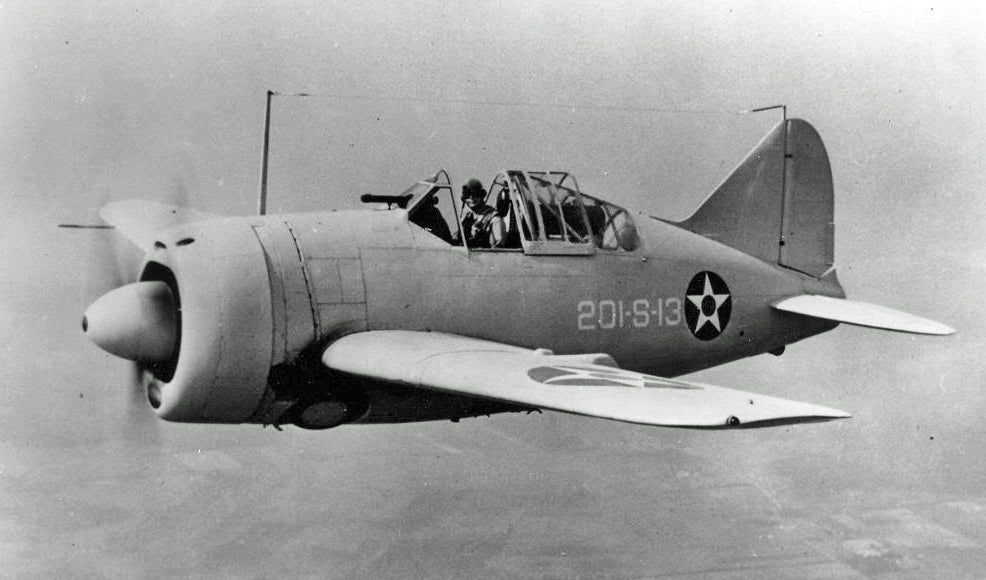
December 2, 1937 – The flight of the Brewster F2A Buffalo.
The Second World War saw the development of some of the greatest aircraft of the era, including powerful and nimble fighters that have become icons of the struggle and are still revered today for their performance and beauty. The Brewster Buffalo, however, does not hold a place in the pantheon of great fighters alongside the
!!!error: Indecipherable SUB-paragraph formatting!!!
or the
!!!error: Indecipherable SUB-paragraph formatting!!!
, and in the years since WWII the Buffalo has come to be seen as a failure, a symbol of obsolescent technology and poor design. The Buffalo traces its history back to 1935, when the US Navy requested a new fighter to replace the
!!!error: Indecipherable SUB-paragraph formatting!!!
biplane and considered three entrants into the competition: the
!!!error: Indecipherable SUB-paragraph formatting!!!
, a biplane fighter with retractable landing gear which would eventually be developed into the
!!!error: Indecipherable SUB-paragraph formatting!!!
, the Buffalo, and a navalized version of the
!!!error: Indecipherable SUB-paragraph formatting!!!
, which was quickly eliminated for its lower speed.
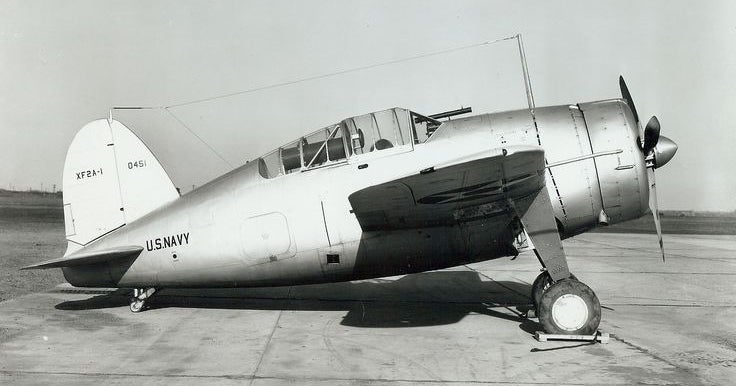
Brewster XF2A-1 prototype
By the design standards of the 1930s, the Buffalo was a truly modern aircraft. It boasted all-metal, flush-riveted, stressed aluminum construction, !!!error: Indecipherable SUB-paragraph formatting!!! , and hydraulically operated retractable landing gear. It’s !!!error: Indecipherable SUB-paragraph formatting!!! radial engine provided a stout 950 hp, and the Buffalo had an impressive climb rate for its day, though its single-stage supercharger meant that high altitude performance suffered significantly. It also lacked self-sealing fuel tanks or armor plating to protect the pilot. Armament was provided by a single .50 caliber machine gun and a single .30 caliber machine gun, both mounted in the nose. The F2A-2 attempted to address some of the problems of the early model by providing increased armament and a more powerful engine, but the resulting weight gain nullified any performance improvements. The final version, the F2A-3, added improved range and provision for underwing stores, but the Navy and Marine Corps had already lost confidence in the Buffalo. By 1940 it was clear that the Buffalo was completely outclassed by more nimble Japanese aircraft such as the !!!error: Indecipherable SUB-paragraph formatting!!! and !!!error: Indecipherable SUB-paragraph formatting!!! , and remaining Buffalos were removed from combat following the !!!error: Indecipherable SUB-paragraph formatting!!! and transferred to Navy training squadrons in the US. British experience with the Buffalo in Malaya and Burma was little better, with aircraft prone to oil leaks that fouled windscreens and speeds well under their billing. Still, four Commonwealth pilots managed to become aces in the Buffalo early in the war. Despite the difficulties faced American and Commonwealth pilots, the Buffalo fared much better elsewhere, particularly in Finland, where the it was liked and flown with great effect. Finland’s greatest ace, !!!error: Indecipherable SUB-paragraph formatting!!! , scored 34 of his eventual 94.5 kills while flying a Buffalo against Russian fighters. Cooler weather, better maintenance practices and superior tactics allowed greater success for the plucky fighter, and it served with distinction during the !!!error: Indecipherable SUB-paragraph formatting!!! . Just over 500 Buffalos were built, and they ended their service in 1948. (US Air Force photo; US Navy photo)
!!! UNKNOWN CONTENT TYPE !!!
Short Takeoff
!!! UNKNOWN CONTENT TYPE !!!
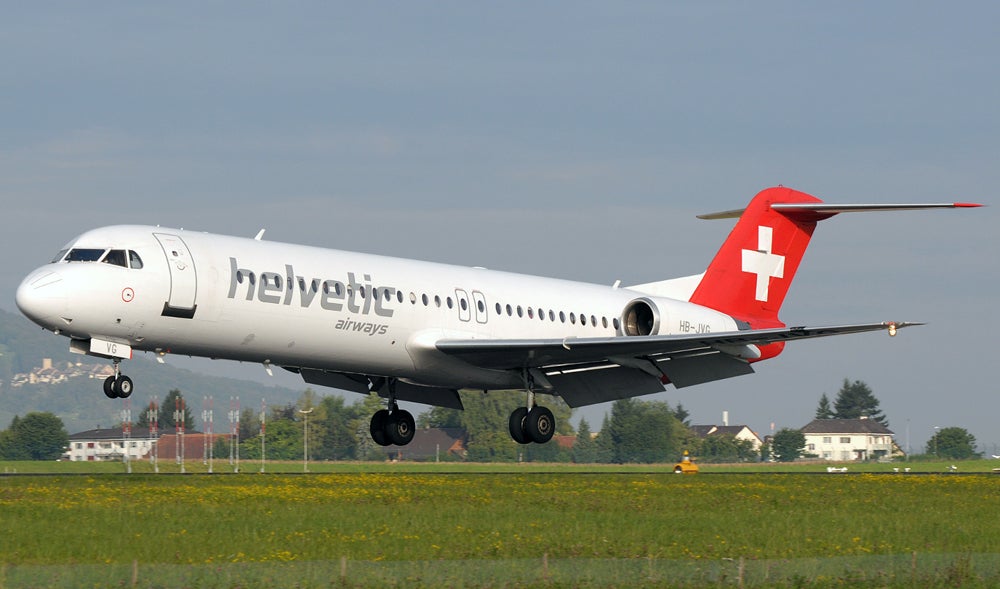
November 30, 1986 – The first flight of the Fokker F100, a medium-size twin-engine airliner, and the largest jet airliner built by !!!error: Indecipherable SUB-paragraph formatting!!! before the company went bankrupt in 1997. Developed to replace the smaller !!!error: Indecipherable SUB-paragraph formatting!!! , the 100-seat F100 appeared at a time when there were few competitors for airliners of that size. Initial sales were strong, but competitors soon caught up and sales fell. In spite of the slump, it was ultimately financial mismanagement that doomed the storied aircraft builder, leading its parent company, !!!error: Indecipherable SUB-paragraph formatting!!! , to shut down the company in 1996. Fokker built 283 F100s before the company folded, and 171 remain operational, mostly with smaller regional airlines. (Photo by Biggerben via !!!error: Indecipherable SUB-paragraph formatting!!! )
!!! UNKNOWN CONTENT TYPE !!!
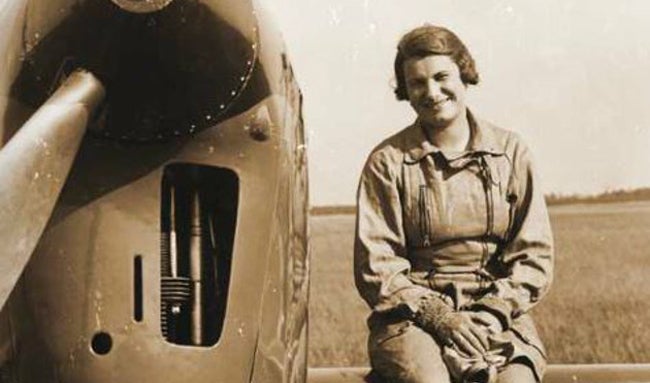
November 30, 1934 – The death of Hélčne Boucher. Boucher was born on May 23, 1908, and purchased her first airplane, a !!!error: Indecipherable SUB-paragraph formatting!!! , in 1931 and learned navigation and aerobatics. Boucher made a name for herself competing in air races, and, in 1933 and 1934, she set several world records, including one for altitude for a woman pilot and several speed records for flight over a distance of 1,000 km while flying a !!!error: Indecipherable SUB-paragraph formatting!!! race plane. Boucher died while flying a !!!error: Indecipherable SUB-paragraph formatting!!! when the aircraft crashed into a forest, and Boucher was posthumously made a knight of the !!!error: Indecipherable SUB-paragraph formatting!!! , France’s highest honor. She was also the first woman given the honor of lying in state at the !!!error: Indecipherable SUB-paragraph formatting!!! . (Photo author unknown)
!!! UNKNOWN CONTENT TYPE !!!
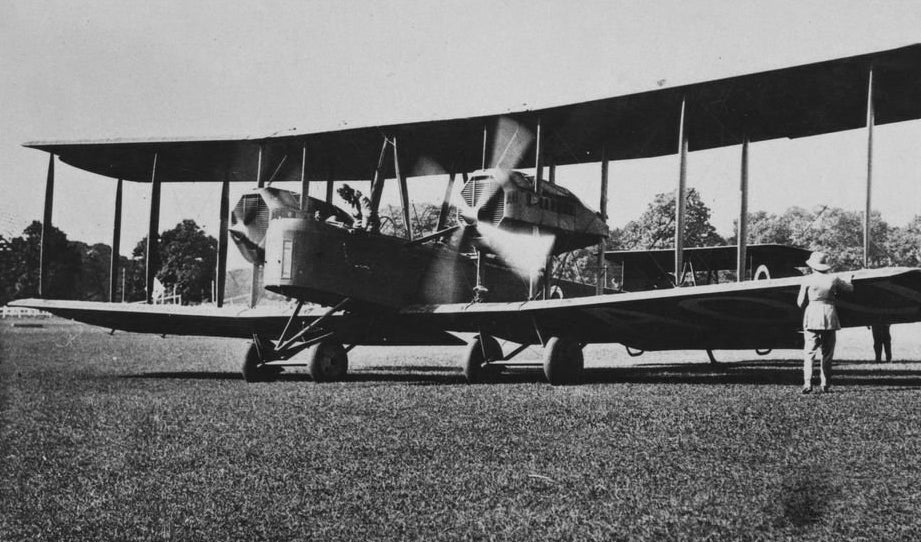
November 30, 1917 – The first flight of the Vickers Vimy, a twin-engine heavy bomber developed for the Royal Air Force late in WWI. By the end of the war, only three had been delivered to the RAF and did not take part in the conflict. However, the size and long range of the Vimy made it an excellent candidate for long-distance record setters, and a Vimy flown by !!!error: Indecipherable SUB-paragraph formatting!!! and !!!error: Indecipherable SUB-paragraph formatting!!! has the distinction of being the first aircraft to complete a non-stop !!!error: Indecipherable SUB-paragraph formatting!!! in 1919. Others undertook notable long-distance flights from England to Australia and England to South Africa. With modifications to enlarge the fuselage, the Vimy was developed into the Vimy Commercial with accommodations for 10 passengers. (State Library of South Australia photo)
!!! UNKNOWN CONTENT TYPE !!!
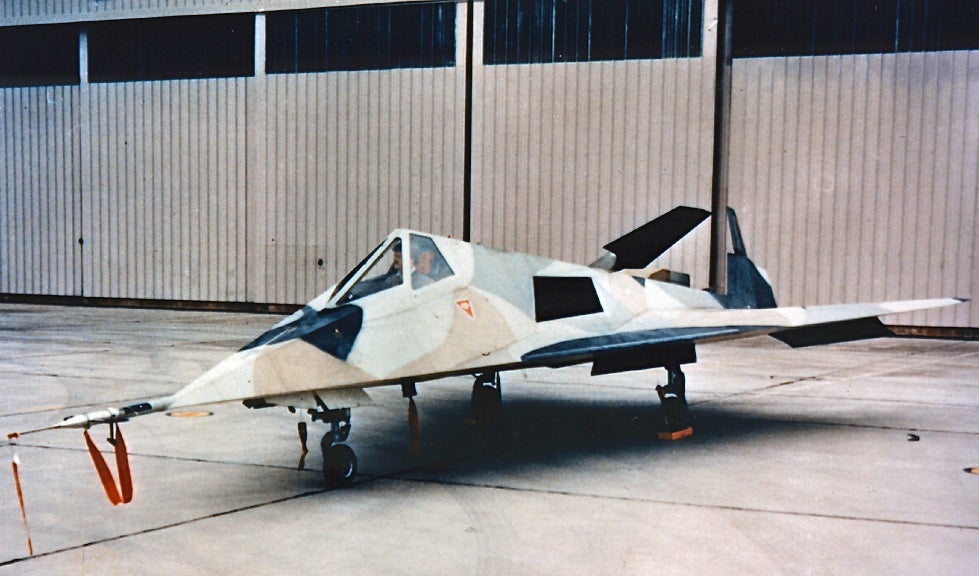
December 1, 1977 – The first flight of the Lockheed Have Blue , the code name for Lockheed’s proof of concept aircraft that demonstrated the capabilities of !!!error: Indecipherable SUB-paragraph formatting!!! aircraft design and developed manufacturing techniques and design elements that would be used on the production !!!error: Indecipherable SUB-paragraph formatting!!! . Unlike all previous aircraft that had been designed by aeronautical engineers, primary design of the Have Blue was performed by electrical engineers who helped created the faceted shape that would deflect radar signals and reduce the aircraft’s radar cross section. Two aircraft were built, and both were lost to crashes, though both pilots survived. Despite the mishaps, Have Blue was deemed a success, and would lead to the follow on program code named Senior Trend that developed the F-117. (US Air Force photo)
!!! UNKNOWN CONTENT TYPE !!!
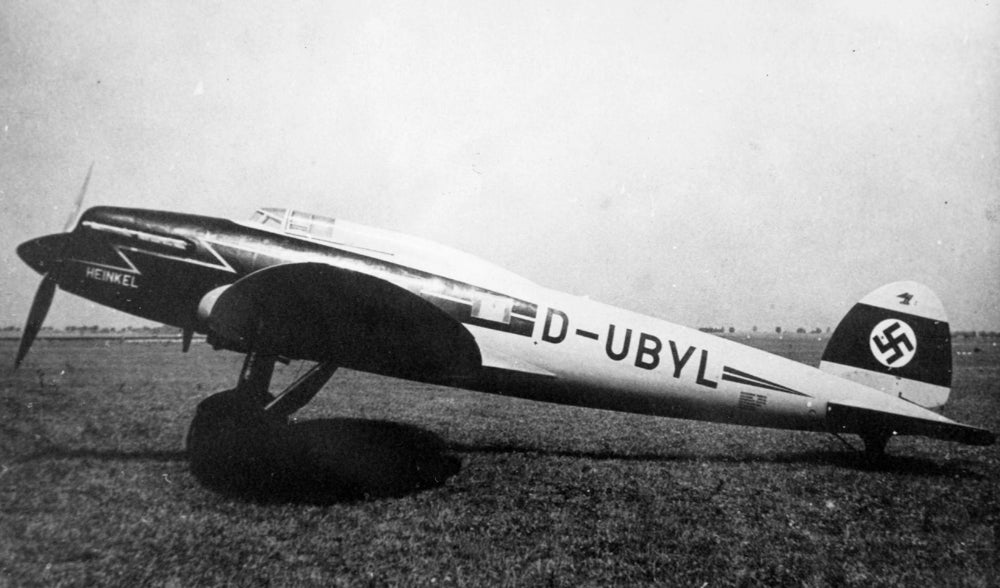
December 1, 1932 – The first flight of the Heinkel He 70 Blitz (lightning), a high-speed mail and passenger aircraft designed by !!!error: Indecipherable SUB-paragraph formatting!!! of the !!!error: Indecipherable SUB-paragraph formatting!!! to replace the slower !!!error: Indecipherable SUB-paragraph formatting!!! and !!!error: Indecipherable SUB-paragraph formatting!!! . Powered by a single !!!error: Indecipherable SUB-paragraph formatting!!! water-cooled V-12 engine, the He 70 achieved a total of 8 world speed records for its day, and !!!error: Indecipherable SUB-paragraph formatting!!! operated the He 70 as a mail and passenger plane from 1934-1937 with accommodations for four passengers. During the !!!error: Indecipherable SUB-paragraph formatting!!! , the He 70 was pressed into service as a fast reconnaissance bomber, but its lack of self-sealing fuel tanks and magnesium construction made it dangerously susceptible to fire. While the He 70 was not suited for duty in WWII, its elliptical wing and other design features would find their way into the !!!error: Indecipherable SUB-paragraph formatting!!! twin-engine medium bomber. (Photo via San Diego Air and Space Museum)
!!! UNKNOWN CONTENT TYPE !!!
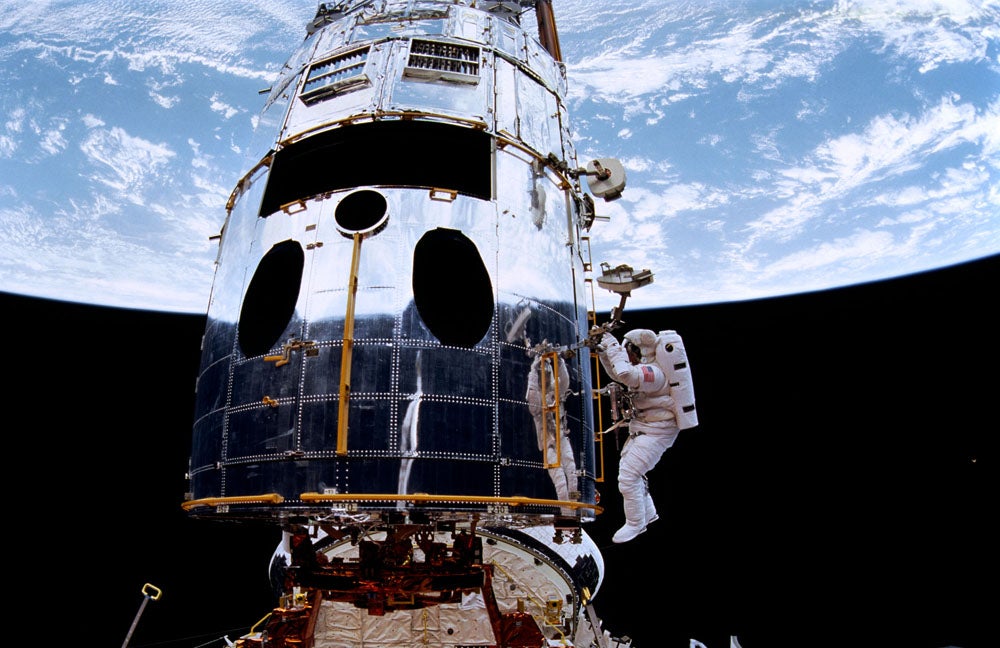
December 2, 1993 – The launch of Space Shuttle Endeavour on STS-61, the first mission to service the Hubble Space Telescope (HST). The !!!error: Indecipherable SUB-paragraph formatting!!! was launched in 1990, but faulty optics from an incorrectly ground mirror caused distorted images. In one of the most complex Shuttle missions to date, the 7 specially trained astronauts performed 5 extended extra-vehicular activity (EVA) periods to replace the !!!error: Indecipherable SUB-paragraph formatting!!! with the !!!error: Indecipherable SUB-paragraph formatting!!! corrective optics package, install the new !!!error: Indecipherable SUB-paragraph formatting!!! , replace 4 gyroscopes, and upgrade the computers. The HST was then boosted to a higher orbit. NASA considered the mission a complete success when Hubble began transmitting some of the sharpest !!!error: Indecipherable SUB-paragraph formatting!!! of the cosmos ever taken. Four additional servicing missions were flown, the last in 2009. (NASA photo)
!!! UNKNOWN CONTENT TYPE !!!
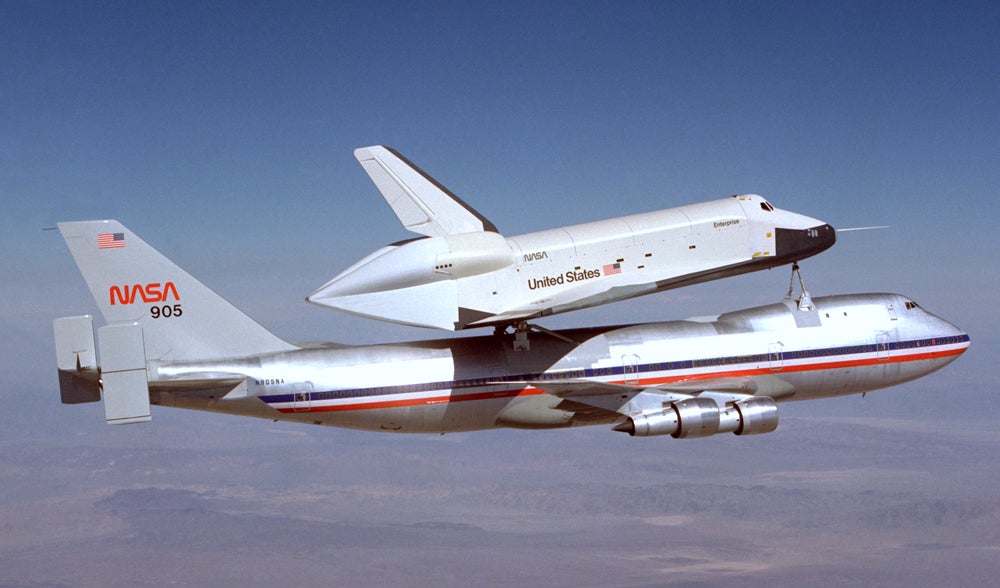
December 2, 1976 – The first flight of the Shuttle Carrier Aircraft. Though NASA originally considered using the !!!error: Indecipherable SUB-paragraph formatting!!! to transport the Space Shuttle, they instead chose to modify a !!!error: Indecipherable SUB-paragraph formatting!!! airliner for the task, since the airliner employed a low wing and the C-5 would have to remain the property of the US Air Force. The first SCA (N905NA), was acquired from American Airlines in 1974, and a second (N911NA) was acquired from Japan Airlines in 1988 as a spare after the !!!error: Indecipherable SUB-paragraph formatting!!! . Modifications included the addition of mounting points for the Shuttle, a strengthened fuselage, improved avionics, more powerful engines, and the addition of vertical stabilizers for added control when the Shuttle was mounted. The SCA participated in glide tests of the original Shuttle !!!error: Indecipherable SUB-paragraph formatting!!! (OV-101), and ferried the Shuttles from landings in California back to the launch site in Florida. Both SCAs were retired in 2012 with the end of the !!!error: Indecipherable SUB-paragraph formatting!!! . (NASA photo)
!!! UNKNOWN CONTENT TYPE !!!
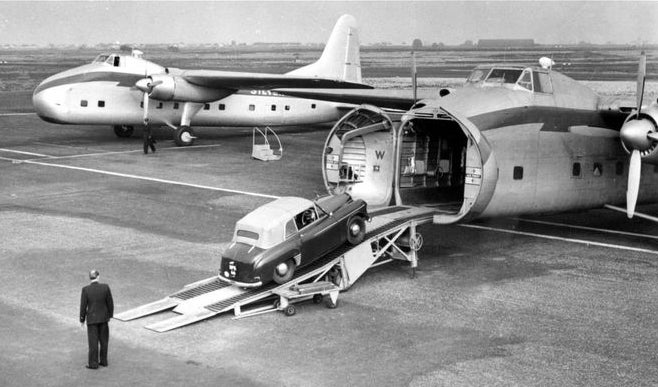
December 2, 1945 – The first flight of the Bristol Type 170 Freighter. The 170 was originally created as a measure to keep employees of the !!!error: Indecipherable SUB-paragraph formatting!!! working while the huge, and ultimately unsuccessful, !!!error: Indecipherable SUB-paragraph formatting!!! was under development. Placement of the cockpit above the cargo hold helped accommodate as large a payload as possible, and clamshell doors at the front facilitated cargo loading and unloading. An all-passenger variant, called the Wayfarer, was developed, as well as a car-ferrying version that allowed passengers to bring their cars along on trips to the European Continent. Bristol built 214 Freighters between 1945-1958, and they served numerous civilian and military carriers around the world. (Photo author unknown)
!!! UNKNOWN CONTENT TYPE !!!
Recent Aviation History Posts
!!! UNKNOWN CONTENT TYPE !!!
!!! UNKNOWN CONTENT TYPE !!!
!!! UNKNOWN CONTENT TYPE !!!
!!! UNKNOWN CONTENT TYPE !!!
!!! UNKNOWN CONTENT TYPE !!!
If you enjoy these Aviation History posts, please let me know in the comments. And if you missed any of the past articles, you can find them all at !!!error: Indecipherable SUB-paragraph formatting!!! .
!!! UNKNOWN CONTENT TYPE !!!
 user314
> ttyymmnn
user314
> ttyymmnn
12/02/2016 at 13:11 |
|
Dat NASA “ worm ” logo on the SCA; not as iconic as the yellow flash as on the X-15 or YF-12s, but I still miss it.
 ttyymmnn
> user314
ttyymmnn
> user314
12/02/2016 at 13:13 |
|
I noticed that too. It looks very dated now.
 user314
> ttyymmnn
user314
> ttyymmnn
12/02/2016 at 13:20 |
|
Nothing ages faster than something from the ‘70s (I’m living proof...).
 RamblinRover Luxury-Yacht
> ttyymmnn
RamblinRover Luxury-Yacht
> ttyymmnn
12/02/2016 at 13:21 |
|
I first heard of the Brewster Buffalo when I was a kid reading books on Midway. “Sounds cool - it’s like a comic book name! Even looks cool!” Book: “Actually, it was kind of a turd”. Me: “Oh”.
 user314
> ttyymmnn
user314
> ttyymmnn
12/02/2016 at 18:46 |
|
Kinda sad both Have Blues got wrecked, they’d look nice next to the Tacit Blue and Bird of Prey in Dayton.
 ttyymmnn
> user314
ttyymmnn
> user314
12/02/2016 at 18:49 |
|
Tacit Blue sure is ugly, though.
 Full of the sound of the Gran Fury, signifying nothing.
> user314
Full of the sound of the Gran Fury, signifying nothing.
> user314
12/02/2016 at 19:21 |
|
Try something from the ‘60s, you whippersnapper...
 Rusty Vandura - www.tinyurl.com/keepoppo
> ttyymmnn
Rusty Vandura - www.tinyurl.com/keepoppo
> ttyymmnn
12/11/2016 at 09:18 |
|
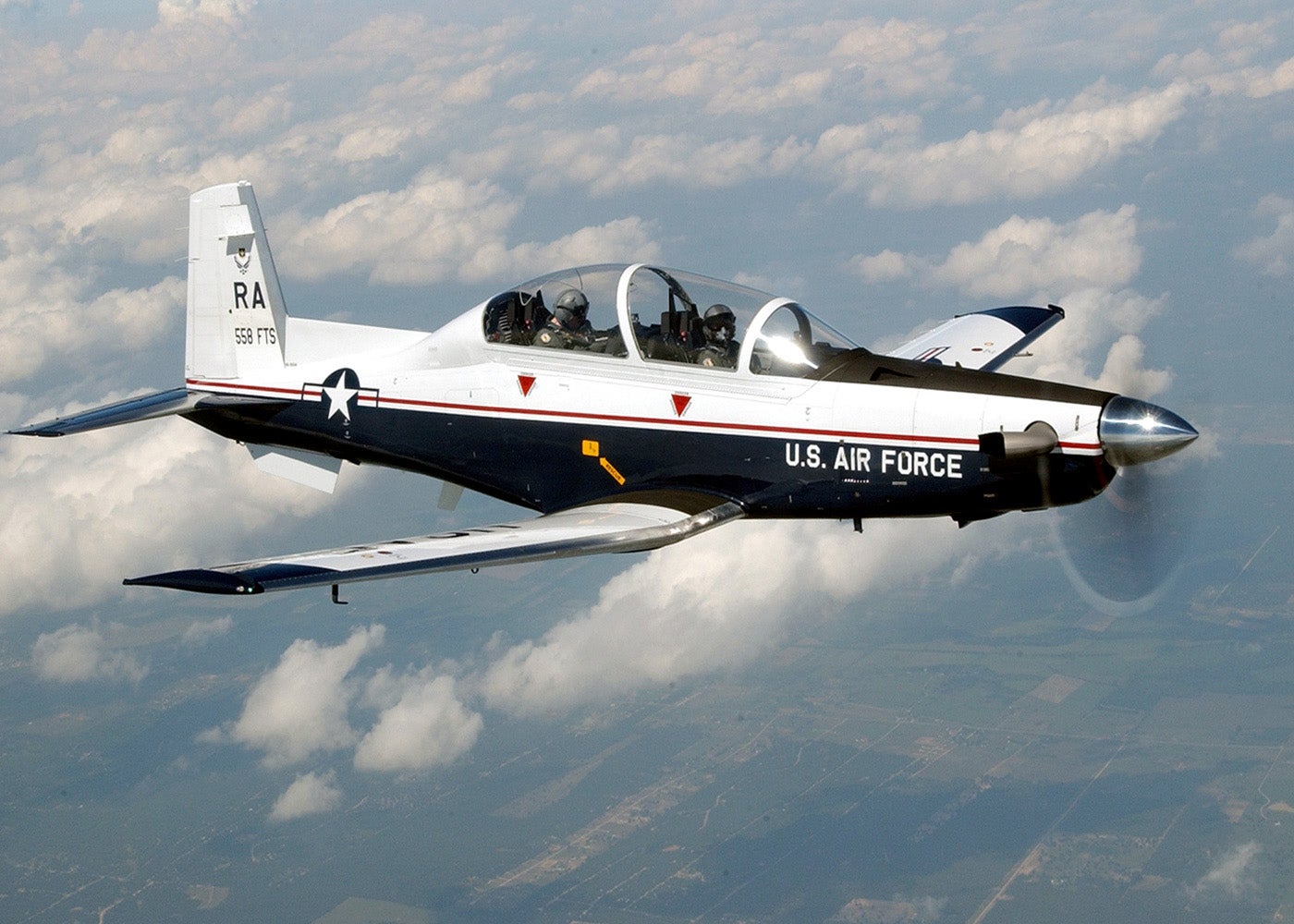
I don’t know a great deal about this airplane, but I’ve assumed it to be badass. The turboprop single is a favorite configuration of mine. When they developed the Texan II, one of the flight control features they incorporated was an automatic rudder input that would counteract the torque of the propeller and make the airplane perform more “straight line” like a jet would.
 ttyymmnn
> Rusty Vandura - www.tinyurl.com/keepoppo
ttyymmnn
> Rusty Vandura - www.tinyurl.com/keepoppo
12/11/2016 at 10:37 |
|
I spent a fair bit of time at an air show talking to the USAF pilot who had brought one of these to the show. We spoke about the F-35 (he wasn’t a fan, but he wasn’t ever going to drive one), and we talked a lot of military history. But we also talked about his plane vis a vis older prop planes. He said that the pilots of the Texan II get rudimentary instruction on how to fly a prop plane, but that’s about it. The computers do all the work on blade pitch etc and the pilots just have to drive as if it were a jet, since that’s what they are training for.